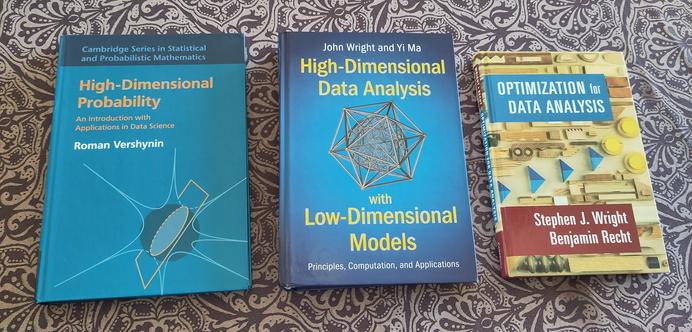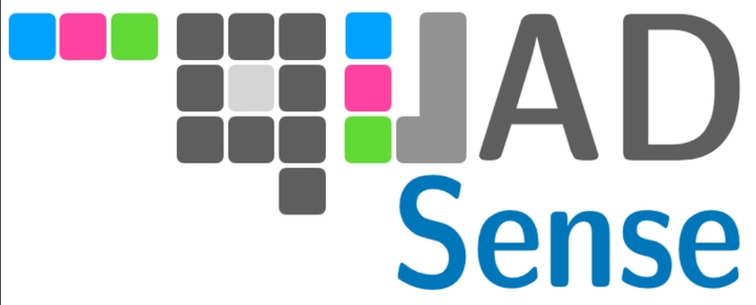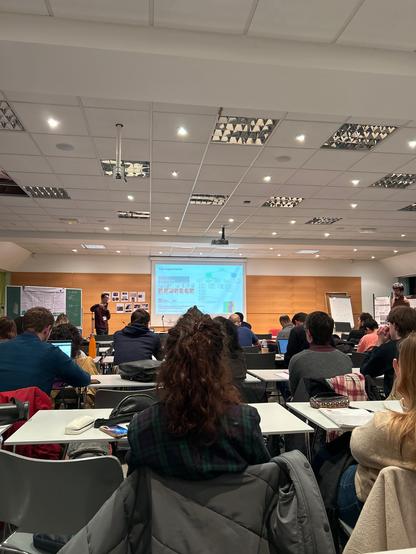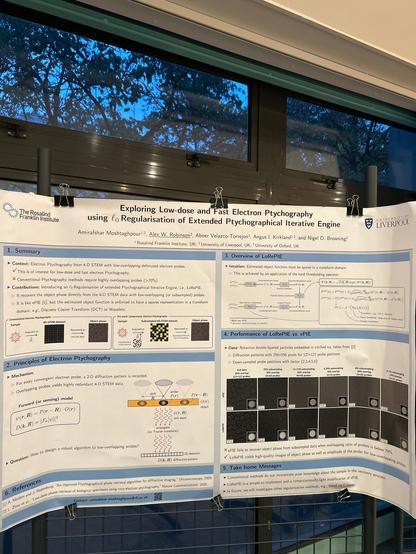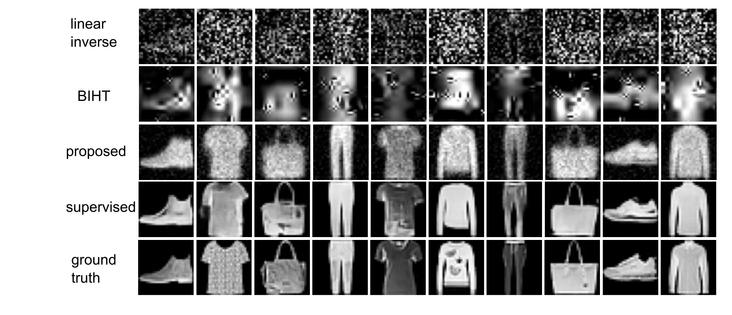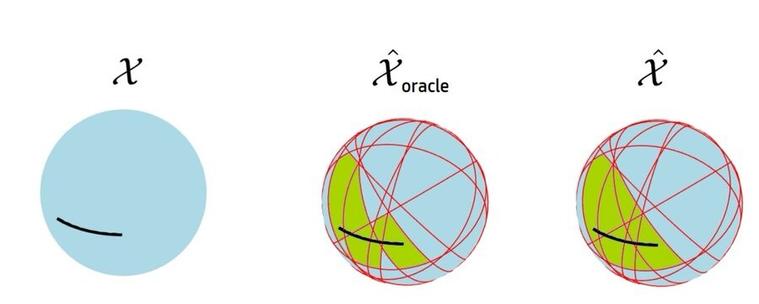From Julián Tachella @JulianTachella, posted on "Chi":
📰""Learning to reconstruct signals from binary measurements alone"📰
We present theory + a #selfsupervised approach for learning to reconstruct incomplete (!) and binary (!) measurements using the binary data itself. See the first figure and its alt-text.
https://arxiv.org/abs/2303.08691
with @lowrankjack
---
The theory characterizes
- the best approximation of a set of signals from incomplete binary observations
- its sample complexity
- complements existing theory for signal recovery from binary measurements
See the third figure and its alt-text.
---
The proposed self-supervised algorithm obtains performances on par with supervised learning and outperforms standard reconstruction techniques (such as binary iterative hard thresholding)
See the second figure and its alt-text.
---
Code based on the deepinverse library is available at https://github.com/tachella/ssbm
Check out the paper for more details!
#SelfSupervisedLearning #CompressiveSensing #Quantization #InverseProblem #1bitcamera
